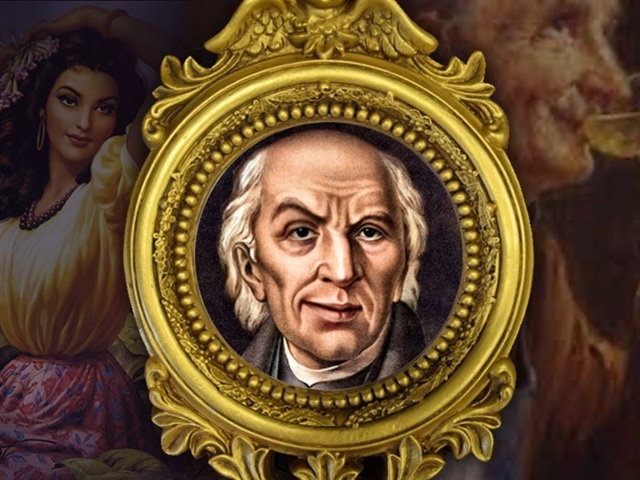Miguel Hidalgo y Costilla is one of Mexico’s most revered historical figures, but recent research has revealed that his true character was far from the heroic image perpetuated by official history.
According to author Eugenio Aguirre, who has dedicated himself to studying Hidalgo’s life, the priest was a complex and multifaceted individual with a penchant for wine, theater, and women. He had multiple girlfriends and several children, and his political stance against the Spanish crown emerged from his own personal experiences of being taxed.
Aguirre’s historical novel “Hidalgo Between Virtue and Vice” paints a vivid picture of Hidalgo as a blasphemous, womanizing, gambler, party-goer, playwright, and even a bullfighter. This is in stark contrast to the traditional image of Hidalgo as a devout priest and leader of Mexico’s independence movement.
Historians have also challenged the myths surrounding the Battle of Chapultepec and the heroism of Juan Escutia, who according to legend was one of the “child heroes” who fought against the Mexican army. However, there is no record of Escutia’s involvement in the battle, leading some to question the accuracy of this legendary figure.
Moreover, recent research has shed light on Hidalgo’s own role in a massacre that took place in Jalisco in 1810, where his forces killed hundreds of Spanish prisoners and civilians. Hidalgo pleaded guilty to these crimes before being executed by firing squad in Chihuahua in 1811.
The physical image of Hidalgo has also been called into question, with some historians suggesting that the famous portrait commissioned by Maximilian of Habsburg was painted from a European model rather than an actual likeness of the priest.
In short, the truth about Mexico’s “Father of the Nation” is far more complex and nuanced than the mythological figure perpetuated by official history.
Source: Norte Digital




